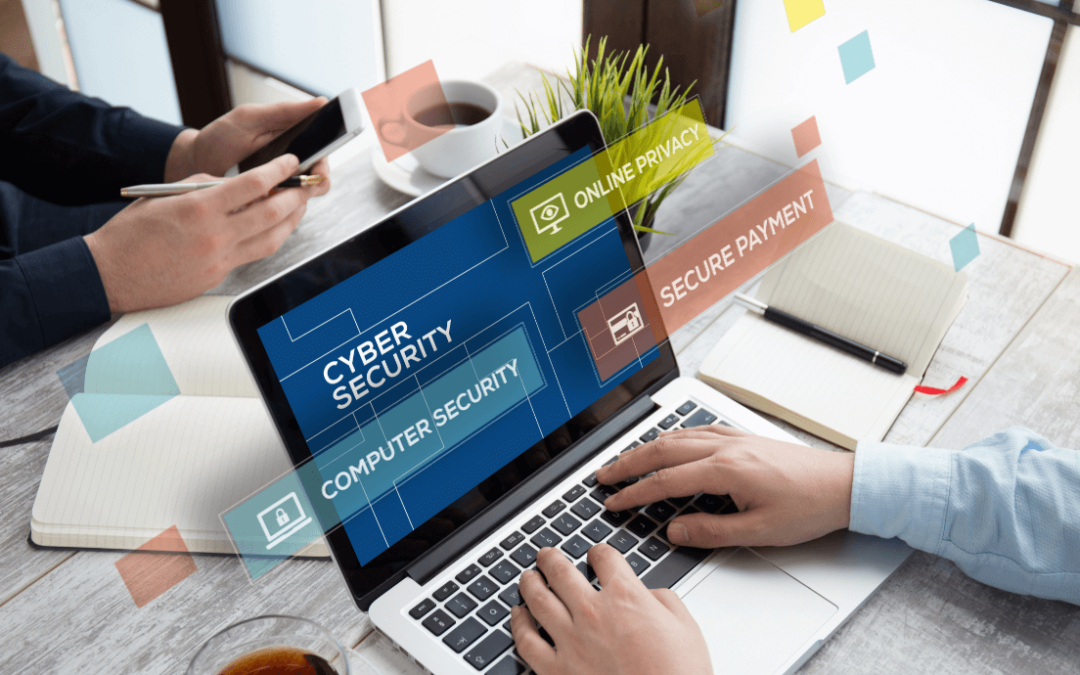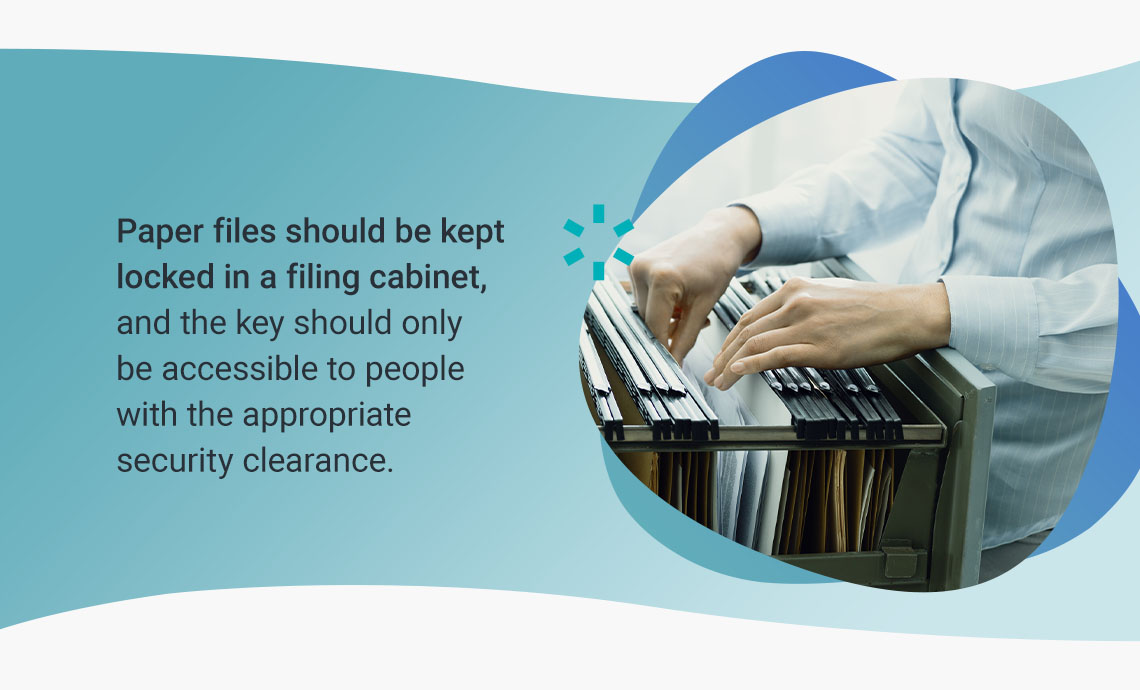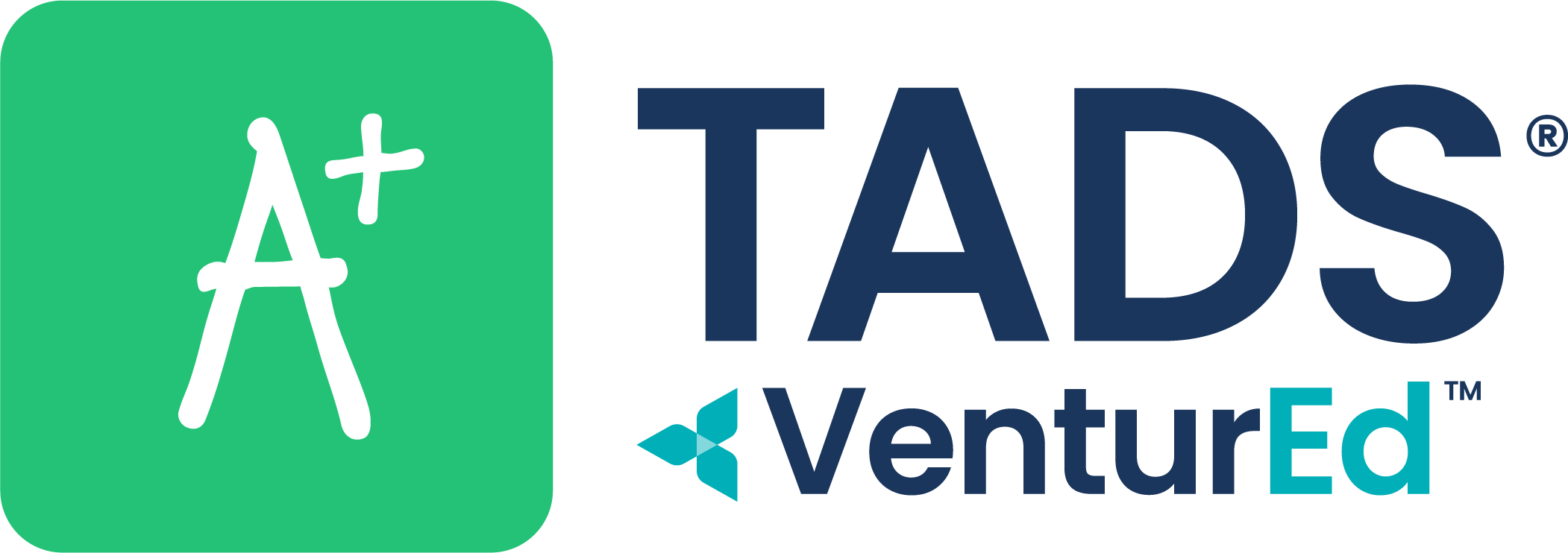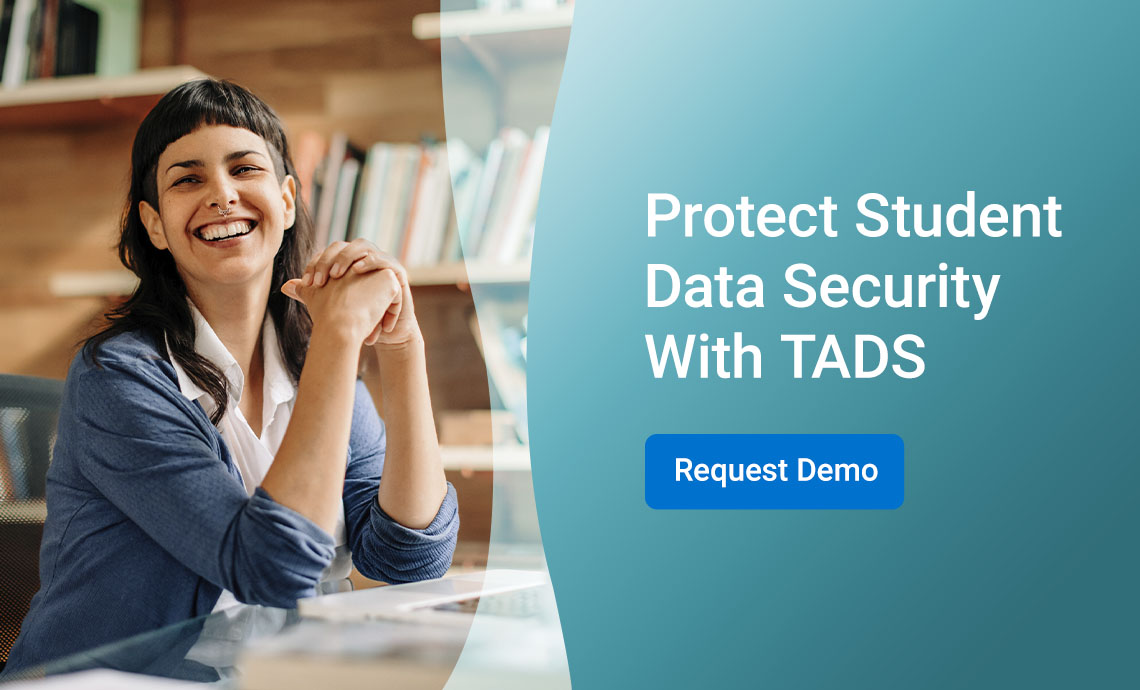
Protecting Student Privacy: Why Student Data Security Matters
Technology is an incredible way to share information, stay connected, and offer research opportunities for your students. Most students today are very familiar with using the internet, interacting frequently with social media on their phones and other mobile devices.
Because technology has become such a large part of our lives, it’s also become an increasingly popular tool in K-12 private school education. Familiarity with tech makes it easy to underestimate the importance of data security in schools. You might wonder why anyone would be interested in hacking a school system when there are so many targets with more influence and financial resources. Let’s look more closely at why school data can be a target of hacking.
The Critical Importance of Cybersecurity in Education
Student data can be incredibly valuable to bad actors — criminals who have malicious intentions. In 2019, the Department of Education found that student records could sell for as much as $250 to $350 each on the black market.
A student’s data profile is known as personal identification information (PII). This can include information like:
- Their name
- Address
- Age and height
- Email address
- Performance records
Not only does the data you store about students often reveal their physical location, it can also convey detailed information on their habits, behavior, and educational performance. Here are just a few ways that bad actors can profit from illegally accessing student data:
- They can personally use it for phishing attacks, ransom, identify fraud, and other criminal acts.
- They can sell it to other interested parties — companies who want to bypass privacy laws to gather marketing data, for example.
Student data is incredibly valuable because of how it can be used for profit. No one would choose to hand out this kind of personal information to a stranger in person — it makes even less sense to leave it accessible online.
Recognizing Threats to Student Data Security
Most cyberattacks have a single goal — making money. This can look like selling student data to a third party, keeping school data locked up until a ransom is paid, or manipulating families and staff with stolen information.
However, some hackers simply want to cause chaos. A student data breach can result in shutting a school down for weeks if not longer, depending on the severity of the breach. The community will lose confidence in their school and learning will come to a halt until the damage can be repaired. That’s one of many reasons why information security in education is so important.
Another potential outcome is the school being sued by families who are upset about the data breach. If an educational institution collects student data, they have a responsibility to protect it. Cyber threats adapt constantly, so it’s essential to have a data security plan that continually improves.
Data breaches can easily occur in schools because so much educational technology is used — and it doesn’t always have security features built-in. For every tool you add to your teaching arsenal, it’s imperative to ensure student data will be protected. The same goes for the tools your school’s administrative staff uses daily.
How to Develop Data Security for Private K-12 Schools
There are many easy steps you can take to protect student data. The first, and most important one, is a mindset shift. Your students’ data is valuable — and you should treat it as such so that it can be protected from potential hacking opportunities. This includes ensuring that the software you’re using for student admissions, enrollment, financial aid, accounting, and fundraising offers the highest security protection as part of the solution.
Before you use any software, research its security capabilities. Trustworthy software should have regular security updates and a history of protecting its data.
Here are a few additional guidelines you can follow to protect student data at your school:
Keep All Information Locked Up

Paper files should be kept locked in a filing cabinet, and the key should only be accessible to people with the appropriate security clearance. Any materials you choose to throw away should be shredded and potentially split up between multiple trash bags.
There’s also the issue of getting into the software. Your passwords should be long, at least 14 characters. They should all be unique, with random numbers and capital letters so they’re more difficult for a computer algorithm to crack. You can use a password manager to avoid having to remember them all yourself.
All computers and other devices should be locked when you walk away from them — this can be as simple as changing your computer settings or pressing a key combination that locks the screen when you get up.
Be Suspicious of Phishing
Cyber attacks are becoming increasingly more difficult to spot, so it’s important to develop a healthy sense of suspicion when you’re interacting with an online interface. For example, you may have heard that it’s not a good idea to click on links from an unknown email address.
However, what about an email that claims to be from a colleague? Watch out for any communication that conveys high emotion or a sense of urgency. It’s always best to check with people you know through another channel before responding to requests for money, log-in details, or other personal information.
Your school should have an IT team that you can forward suspicious emails and text messages to. That way, the entire organization can stay on top of modern cyberattacks and learn how to defend student data together.
Craft a Data Breach Response Plan
If student data was breached in some way, how would your school respond? Every educational organization should have procedures in place so you can quickly respond in an emergency. By preparing ahead, you can minimize the damage.
Think about your school’s fire response plan, for example — if you didn’t practice drills, a real fire would lead to disorganized chaos. Creating an emergency plan for a data breach keeps the sensitive nature of student data at the forefront of everyone’s mind.
It can also build trust with families and students, reveal weak areas in the school’s current security measures, and highlight ways that families and students can partner with you to protect their data. The best way to protect your school from criminal activity is to think like a criminal.
Protect Student Data Security With TADS
TADS is a cloud-based student information system (SIS) serving the unique needs of faith, diocesan, and district private K-12 schools. It includes tools that handle reporting, payments, attendance, family portals, communication, and more.
With TADS, you can streamline your school administrative processes and keep everything integrated. Of course, data security is a top priority for our platform. When you partner with TADS, our system can help you collect, manage, and protect student data.
Reach out to us today to learn more or request a demo!

